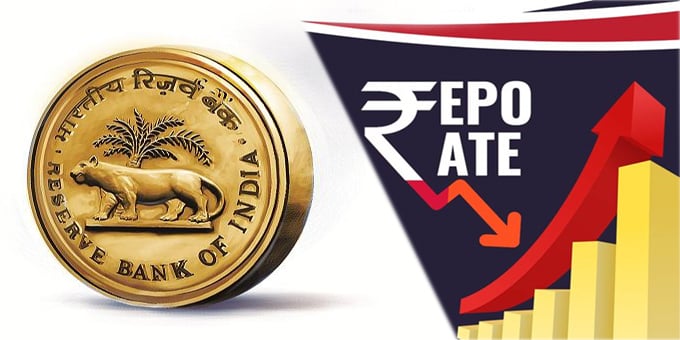On February 17, 2020, the Reserve Bank of India (RBI) has started the first tranche of Long Term Repo Operation (LTROs) by conducting a three-year issue worth Rs 25,000 crore for which it received bids of more than Rs 1.944 lakh crore. The central bank has accepted bids of ₹25,035 crore. The RBI will conduct the second issue for Rs 25,000 crore on February 24 which will have one-year tenor. What is LTRO?
What is LTRO?
On February 6, 2020, the RBI released “Statement on Developmental and Regulatory Policies” which stated about Long Term Repo Operations (LTROs) for improving monetary transmission. It is aimed at providing cheaper money to banks at the repo rate so that it can be used to boost credit growth. RBI decided to conduct Long Term Repo Operations (LTROs) for one-year and three-year tenors for up to a total amount of ₹ 1,00,000 crores at the policy repo rate. Simply, RBI is injecting Rs 1 lakh crore into the banking system through auctions with long term maturity periods (compared to one day repos) of 1 year and 3 year. LTRO is in addition to the existing LAF (Liquidity adjustment facility) and MSF (Marginal Standing Facility) operations. The current repo rate is 5.15%.
Features of LTRO
i.LTROs will be conducted on CBS (E-KUBER) platform.
ii.The operations would be conducted at a fixed rate. Bids below or above policy rate will be rejected.
iii.In case of over-subscription, the allotment will be done on pro-rata basis. RBI will, however, reserve the right to inject marginally higher amount than the notified amount due to rounding effects.
iv.The minimum bid amount would be Rupees one crore and multiples thereof. The allotment would be in multiples of Rupees one crore. There will be no restriction on the maximum amount of bidding by individual bidders.
How LTRO work?
Funds through LTRO will be provided at the repo rate. This means that banks can avail one year and three-year loans at the same interest rate of one day repo. Usually, loans with higher maturity period (here like 1 year and 3 year) will have higher interest rate compared to short term (repo) loans. If the RBI is ready to give one-year and three year loans at the low repo rate, then it will put pressure on banks to reduce their lending rates. Hence, there will be a decline in short term lending rates of banks.
About Reserve Bank of India (RBI):
Headquarters– Mumbai, Maharashtra
Formation– 1 April 1935
Governor– Shaktikanta Das
Deputy Governors– 4 (BP Kanungo, N S Vishwanathan, Mahesh Kumar Jain, Michael Debabrata Patra)





